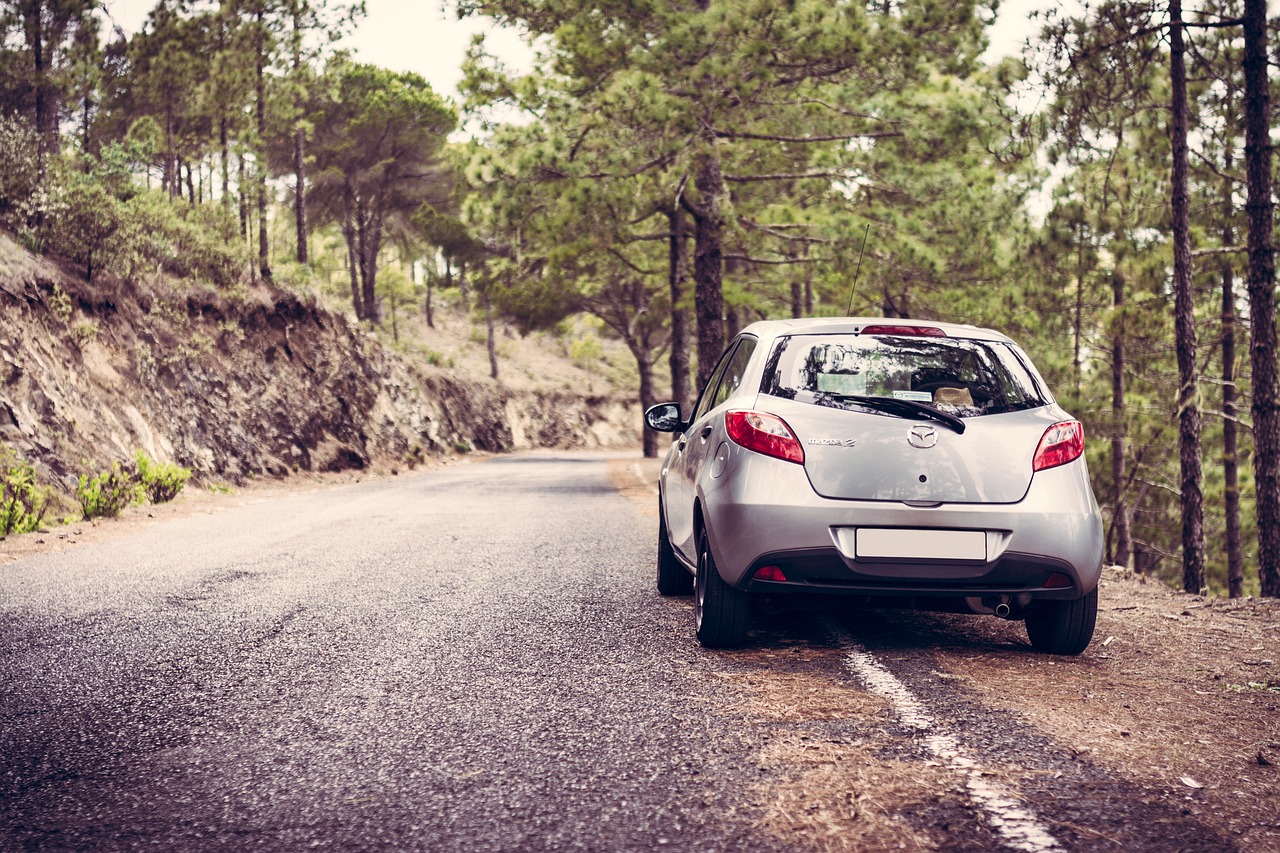
Japanese cars have long been celebrated for their reliability and cost-effectiveness, making brands like Toyota and Honda household names globally. In 2023, the Toyota RAV4 notably ranked as the fourth bestselling car, according to Car & Driver. However, this stellar reputation doesn’t extend to every model produced by these manufacturers. Some Japanese vehicles, despite coming from reputable brands, have fallen short in terms of reliability, performance, and design. Here’s an in-depth look at the top five Japanese cars you might want to steer clear of.
1. Mazda RX-8: A Disappointment in Reliability and Performance
An Underwhelming Engine and Reliability Issues
The Mazda RX-8, which was on the market from 2004 to 2008, epitomizes disappointment in the realm of Japanese sports cars. While its 4-cylinder, 212 HP engine might sound decent on paper, it doesn’t quite deliver in performance. More concerning, however, are the reliability issues. Ranking a low 11th out of 19 Mazda models evaluated by MadzaProblems.com, the RX-8 has been plagued with numerous issues including engine failure, power steering problems, excessive oil consumption, and a history of recalls.
2. Mitsubishi Eclipse: Not as Shiny as It Seems
A Bargain with Hidden Costs
The Mitsubishi Eclipse, particularly models from 1999 to 2003 and in 2007, might seem like a budget-friendly option with its sporty design and decent gas mileage. However, this affordability comes with a catch. Issues like easily damaged rims and wheels, rapid tire wear, a cheaply made interior prone to breakage, and significant problems in the automatic transmission and powertrain make this model a risky investment.
3. Honda CRX Del Sol: Falling Short of Expectations
A Lemon in Disguise
Honda’s attempt to replace the beloved Honda CR-X in 1992 with the CRX Del Sol turned out to be a major misstep. This model was criticized for its leaky roof, noisy cabin, and problematic front brake rotors. Far from living up to the sporty image of its predecessor, the CRX Del Sol is now remembered as one of Honda’s less successful ventures.
4. Toyota Paseo: The Forgotten Model
Lackluster Appeal and Limited Availability
The Toyota Paseo, produced from 1991 to 1997, is a model that many might not even remember. Despite being built on the reliable Corolla frame, the Paseo failed to make a significant impact in the market. This lack of popularity has led to difficulties in sourcing parts for restoration, making it a less appealing choice for car enthusiasts.
5. Suzuki Samurai and Suzuki X-90: Safety and Design Flaws
A Decade of Missteps
The 1990s saw Suzuki grappling with significant challenges in the automotive market. The Suzuki Samurai, with its style reminiscent of the Jeep Wrangler, received a damning “not acceptable” safety rating due to its propensity to flip during sharp maneuvers. Its successor, the Suzuki X-90, continued this troubling trend with a peculiar design and a meager 90 horsepower engine. Both models eventually faded into obscurity, remembered more for their flaws than their merits.
In summary, while Japanese cars generally maintain a reputation for quality and reliability, these models serve as reminders that not every vehicle from a reputable manufacturer is a guaranteed success. When considering the purchase of a classic Japanese car, it’s crucial to research and understand the specific history and performance of the model in question.